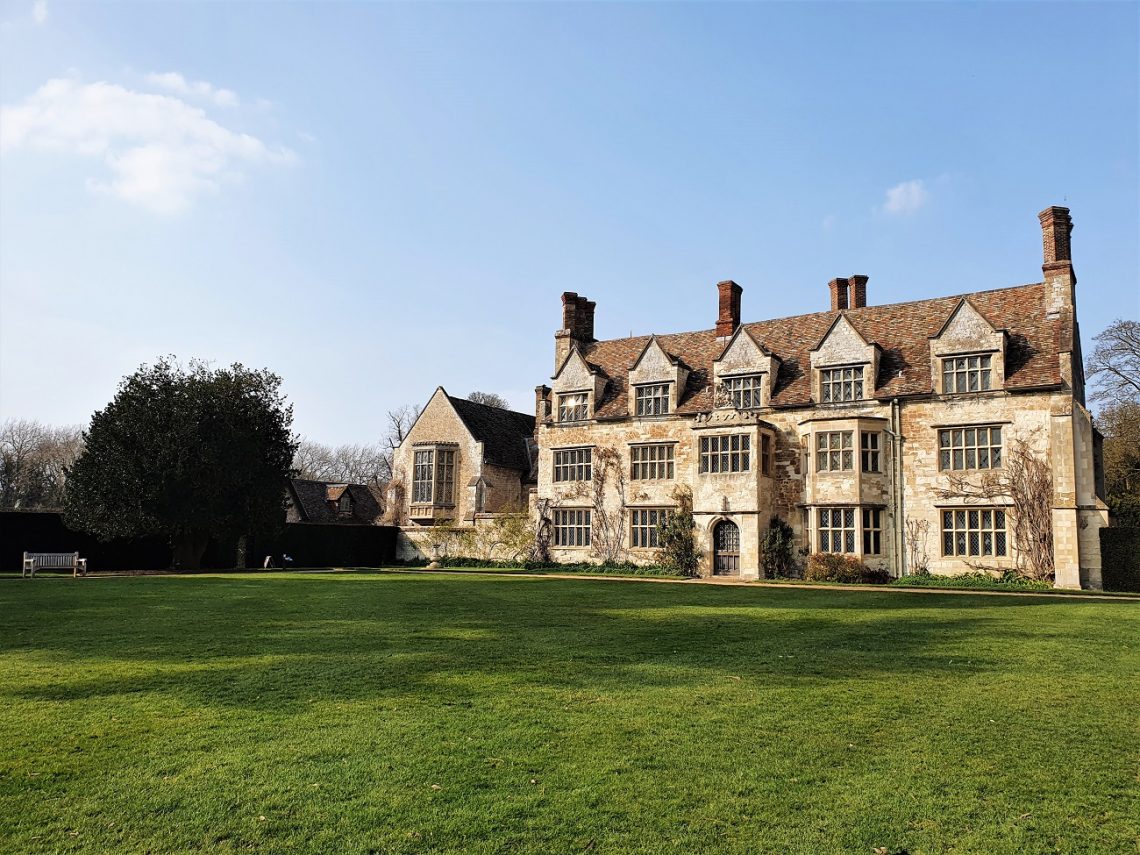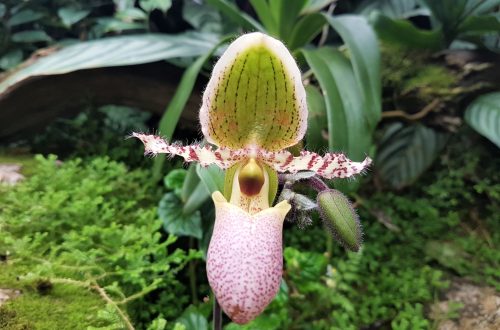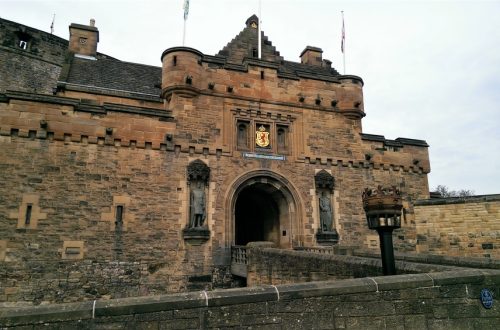When I was looking for somewhere to stop to help break up the long journey home from Norfolk, Anglesey Abbey in Cambridgeshire seemed to fit the bill.
Boasting a monastery-turned-stately home, 114 acres of gardens and a working mill, the National Trust property looked right up my street – and it’s safe to say, I wasn’t disappointed.

Nestled in picturesque countryside some six miles to the northeast of Cambridge, Anglesey Abbey is a charming affair.
Originally founded as a hospital by Henry I in 1135, it was turned into an Augustinian priory in the 13th century, before being closed by Henry VIII during the reformation.
The present Jacobean mansion was built on the remains of the old monastery at the start of the 17th century and it passed through the hands of various families over the centuries.
Its last owner, Lord Fairhaven (grandson of one of the US’s richest men), bought the property with his brother in 1926 and lived there until his death in 1966, when he left it to the National Trust.
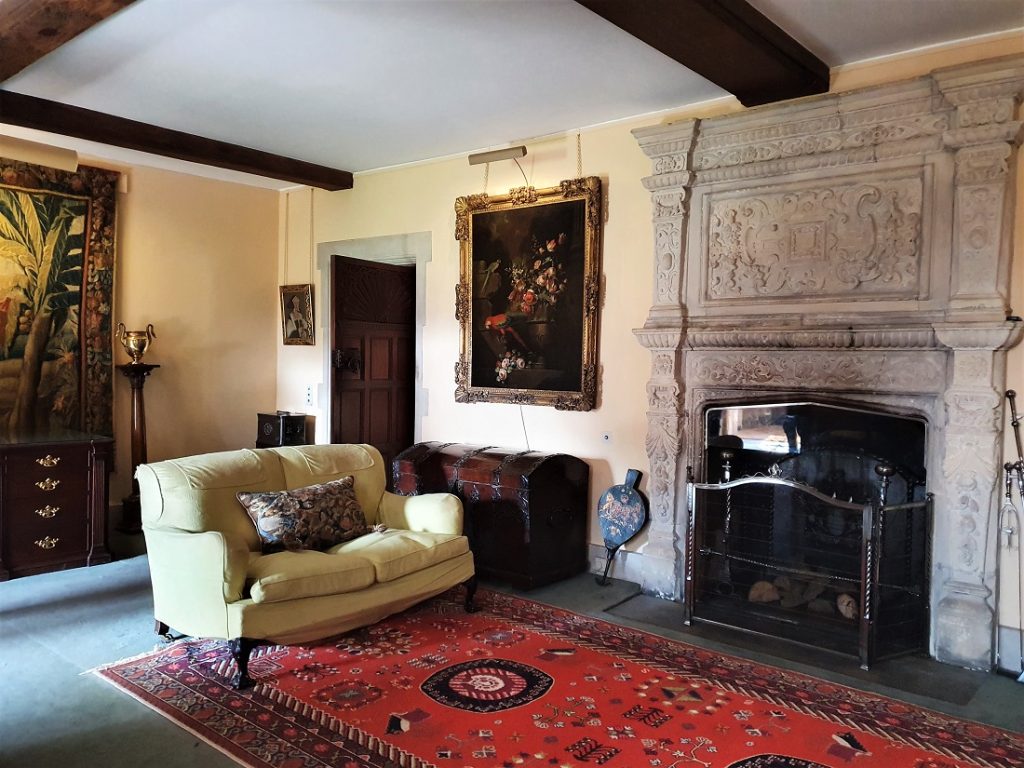
On arriving at the abbey, I picked up a map in reception, then made a beeline to the manor house.
I started my tour in the living room (above), which has a lived-in feel to it and is where the priory’s chapter house used to be.
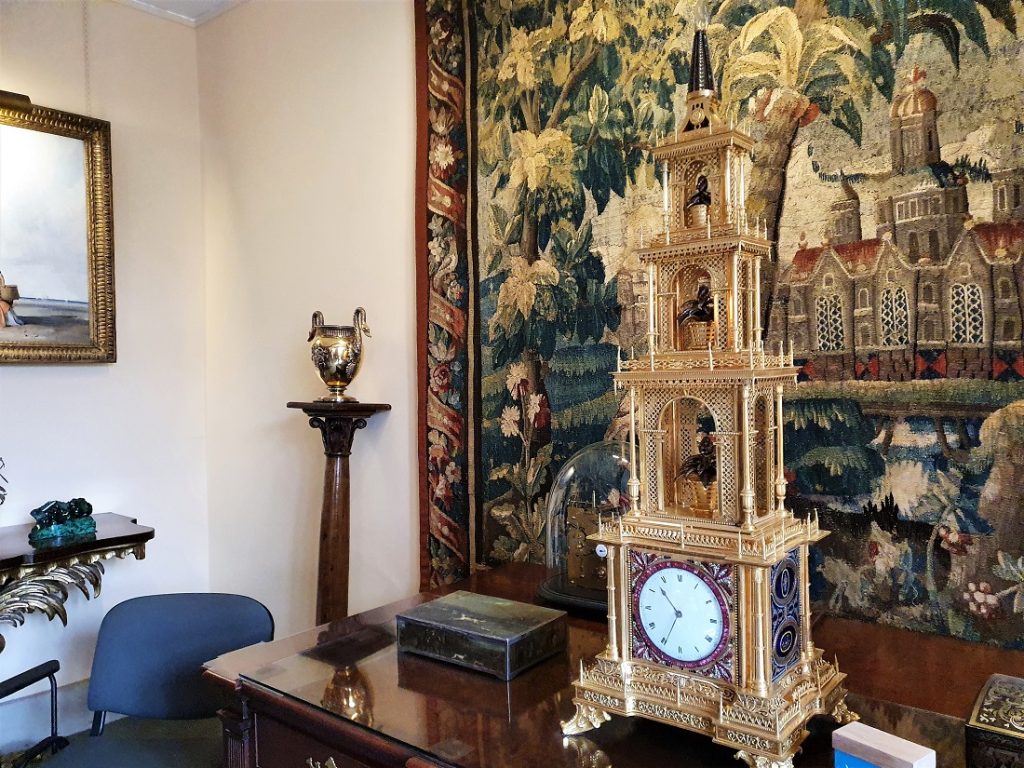
The attractive room is filled with intriguing objects, the most notable of which is the pagoda clock (above).
The quirky clock comes alive every three hours when it plays a tune and three jewelled pineapples rise from their pots and spin. Think of it as a pineapple version of a cuckoo clock.
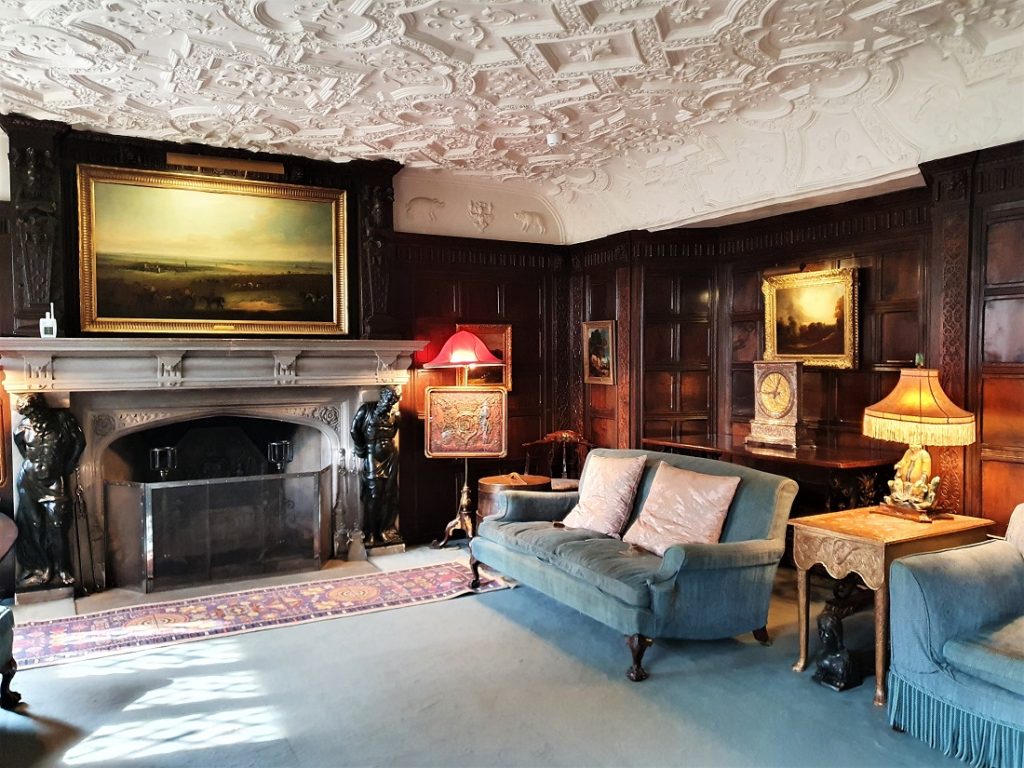
From the living room, I made my way into the delightful oak room, which is adorned with 17th century wood panelling and boasts a large, limestone fireplace (above).
The comfortable, homely room is where Lord Fairhaven would hang out with his guests after dinner and its decoration is said to have been inspired by his uncle’s home on Long Island, Coe Hall.
I continued my tour of the house via a series of corridors and coves, passing a small bathroom and a few bedrooms along the way.

The house is furnished as it would have been during Lord Fairhaven’s time, which I really liked as it felt like a home as opposed to a museum.
My next port of call was the library, which tends to be my favourite room in any house and the one at Anglesey Abbey was no exception.
The library, which dates back to 1937, is dotted with portraits of the kings and queens of England and is home to more than 5,000 books – one of the National Trust’s best collections.
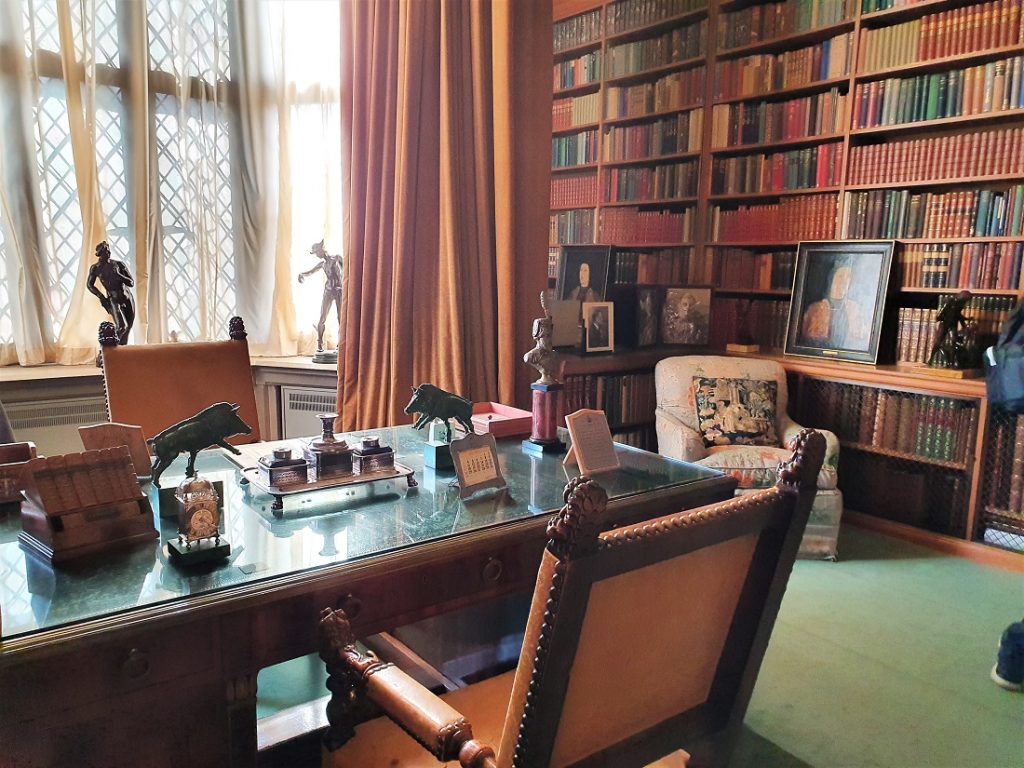
Lord Fairhaven used to work in the library by day and enjoy cocktails there before dinner, which doesn’t sound like a bad way to pass your day.
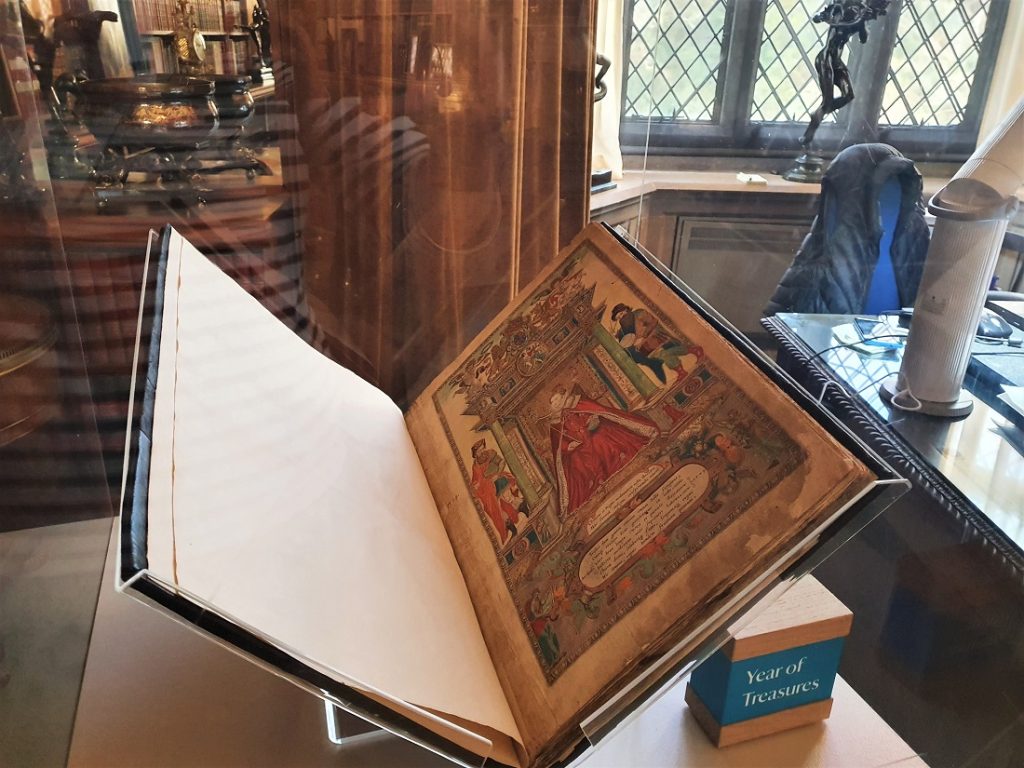
The first atlas of England and Wales was also on display when I visited, which was a cool surprise (above).
Created in 1590 by the map maker Christopher Saxton, Lord Fairhaven bought it from Chichester Cathedral in 1947 in a secret auction, which was held without the bishop’s knowledge.
One of the things I really liked about the abbey was the many passageways and nooks and crannies, which were filled with random objects and furnishings.
There were statues, paintings, tapestries and other curios throughout the house and it made for an interesting visit as I was constantly stopping to look at things.
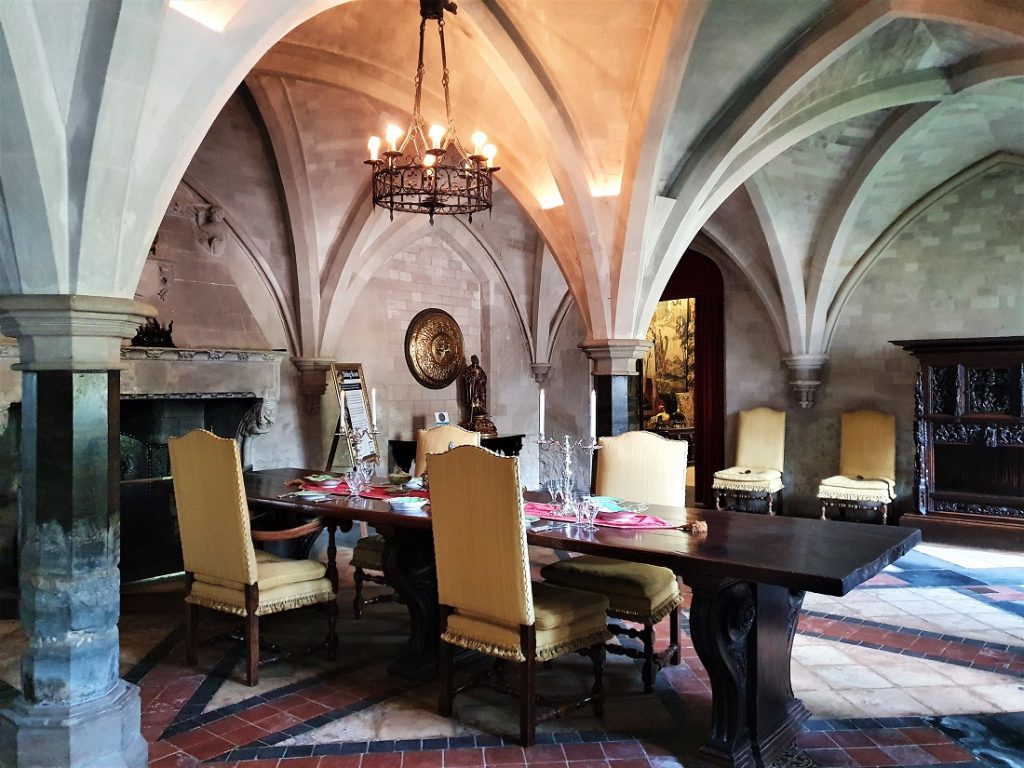
The dining room (above), for example, is home to the Shield of Achilles, one of five huge silver shields made between 1819 and 1824 (below).
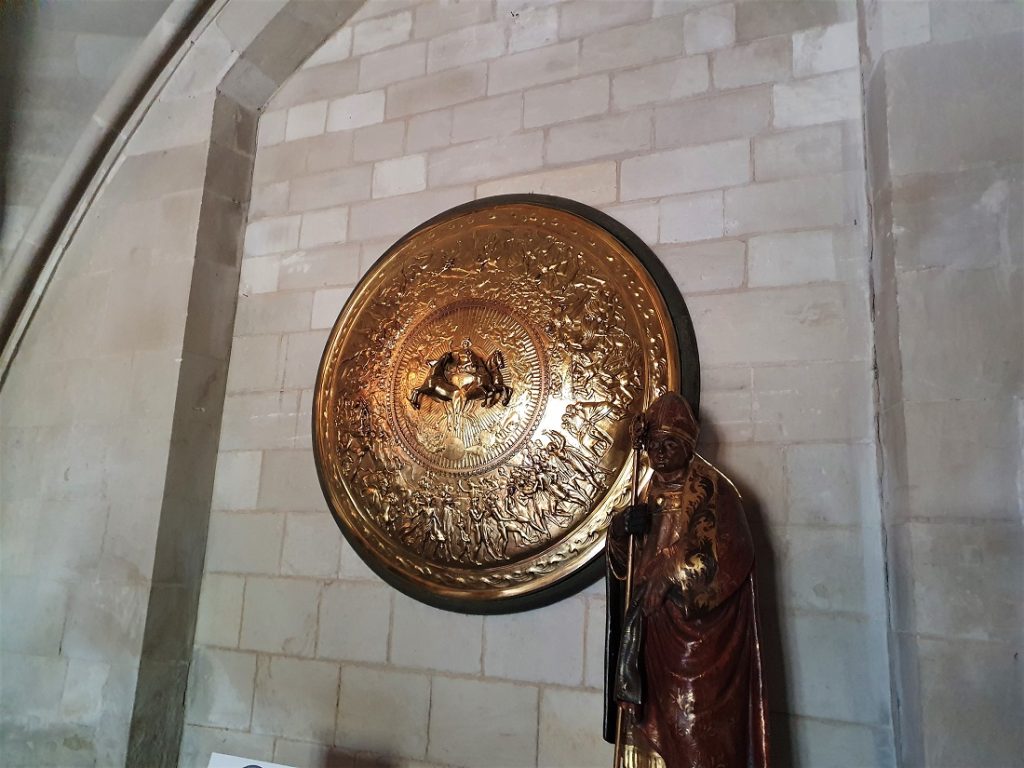
The shield, which was bought by Lord Fairhaven in the mid 20th century, shows Apollo in his sun chariot surrounded by various scenes, such as a city under siege, a wedding and cattle being attacked by lions.
My tour of the house concluded in the servants’ quarters, where I looked around the likes of the scullery, the kitchen and the servants’ hall.
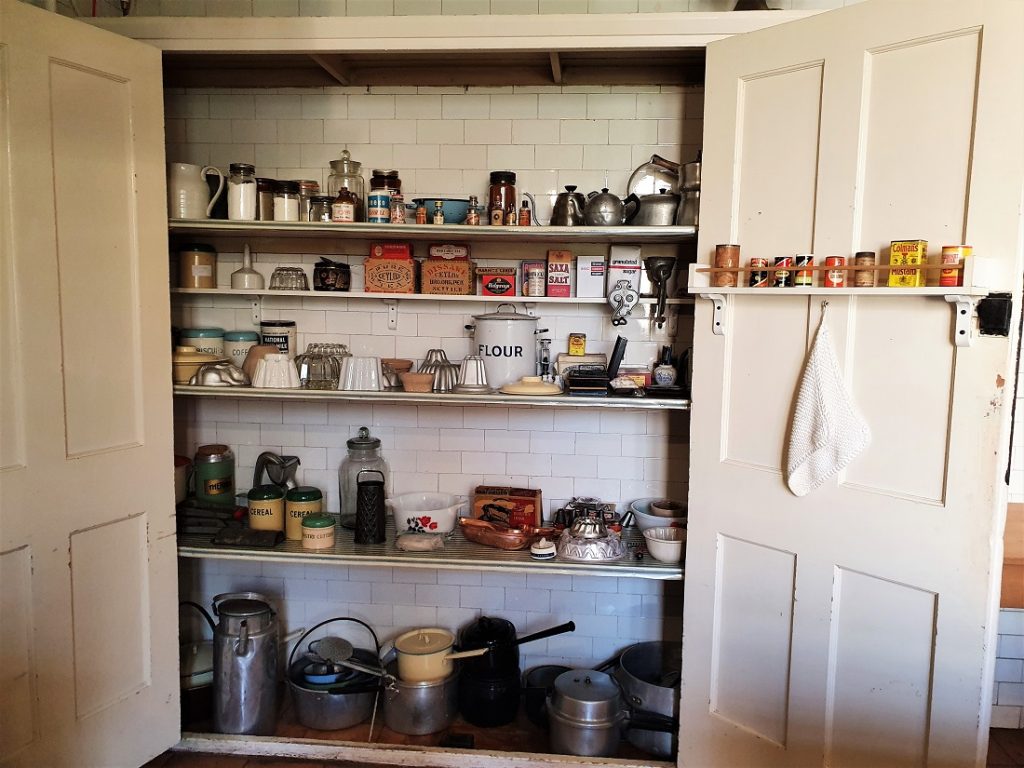
My favourite part of the servants’ quarters was the pantry cupboard, which was stocked with all manner of items from the 1960s (above).
It was a nice touch showing how the kitchen might have looked in Lord Fairhaven’s day.
By now I’d seen all there was to see in the house, so I headed outside into the spring sunshine, where I nipped into the secondhand bookshop before setting off to explore the grounds.
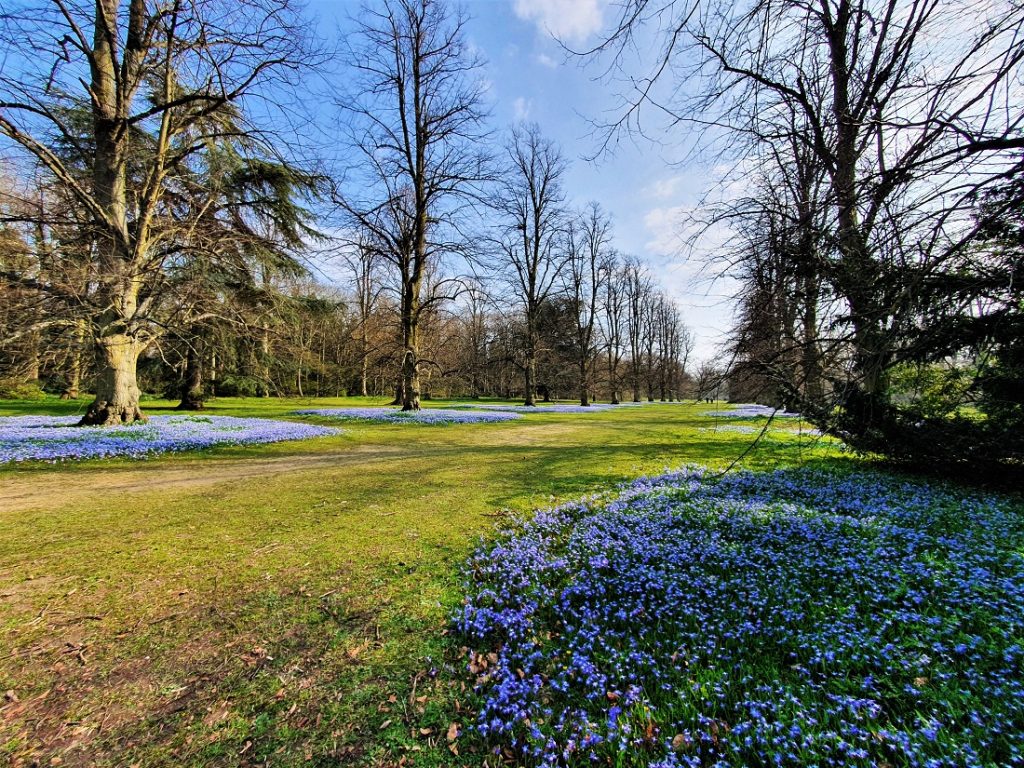
The gardens at Anglesey Abbey are enormous and cover more than 100 acres, so I decided to start by looking around Lode Mill (below).
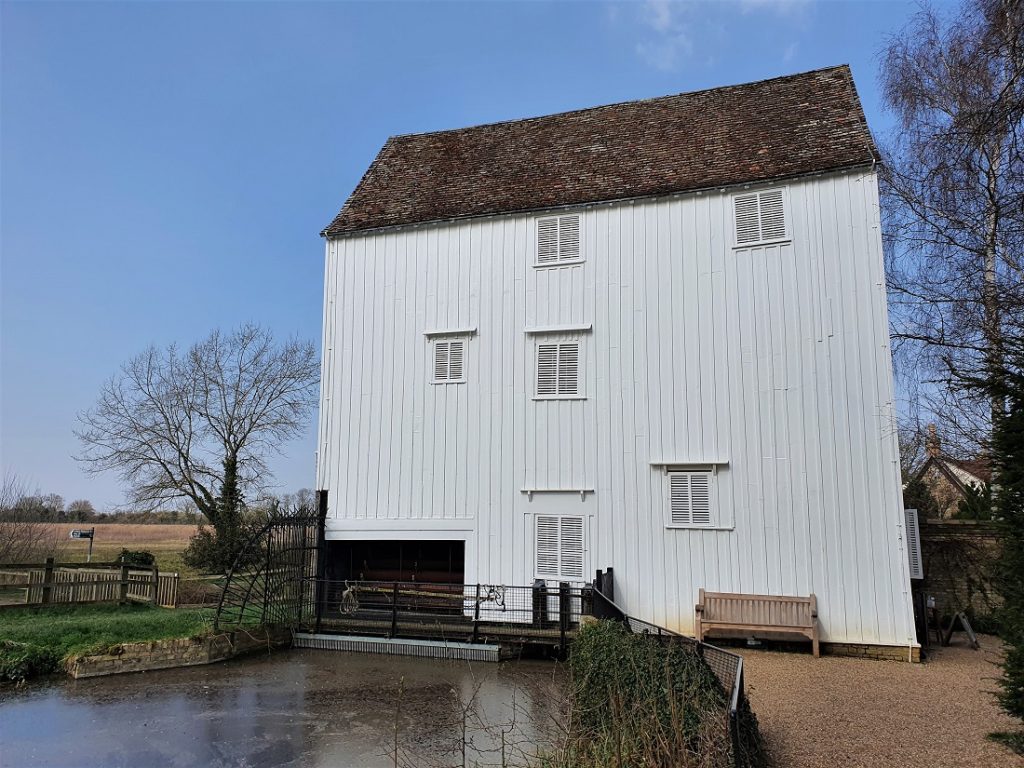
There’s been a mill on Bottisham Lode since William the Conqueror’s time, but the current mill is thought to date back to the 18th century.
Lord Fairhaven bought it in the 1930s and it was fully restored by the Cambridgeshire Wind and Watermill Society in 1978.
The mill was open when I visited, so I popped inside to have a look around and learn how it works.
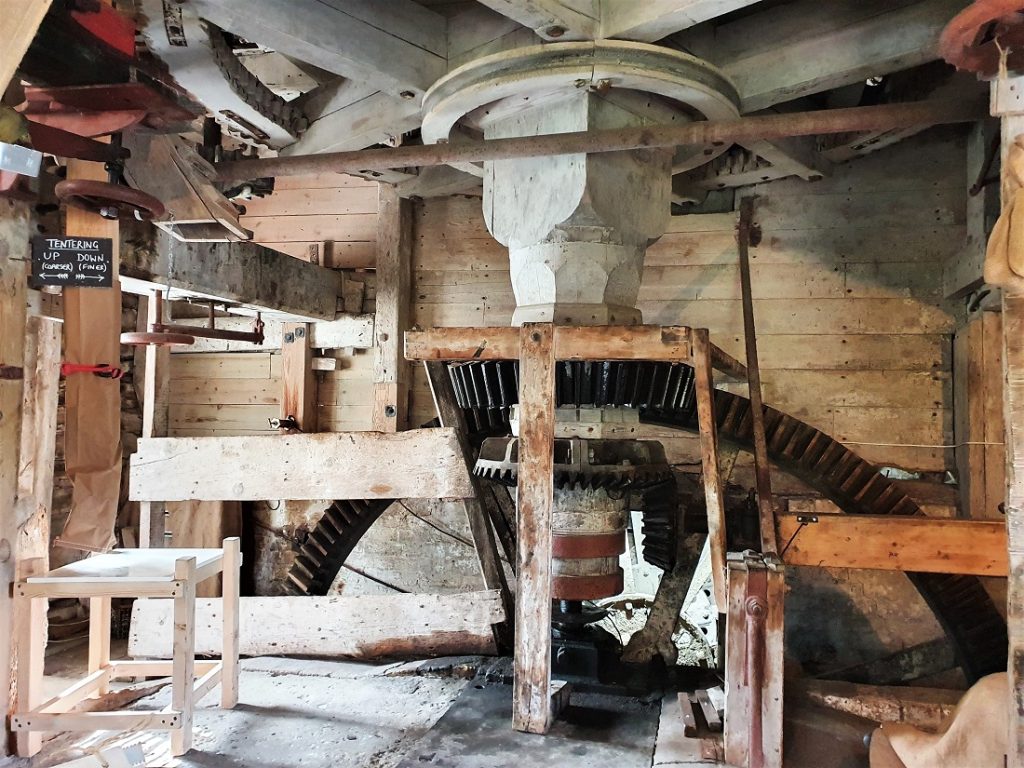
It was fascinating walking around the mill and seeing all the machinery used to operate it (above).
From the mill, I set off to explore the rest of the abbey’s extensive grounds, starting with a stroll along the warriors’ and emperors’ walks.
As it was early spring, there were lots of snowdrops, crocuses and daffodils, which I really liked.
Not only were they really pretty, they also added some lovely pops of colour to the gardens.
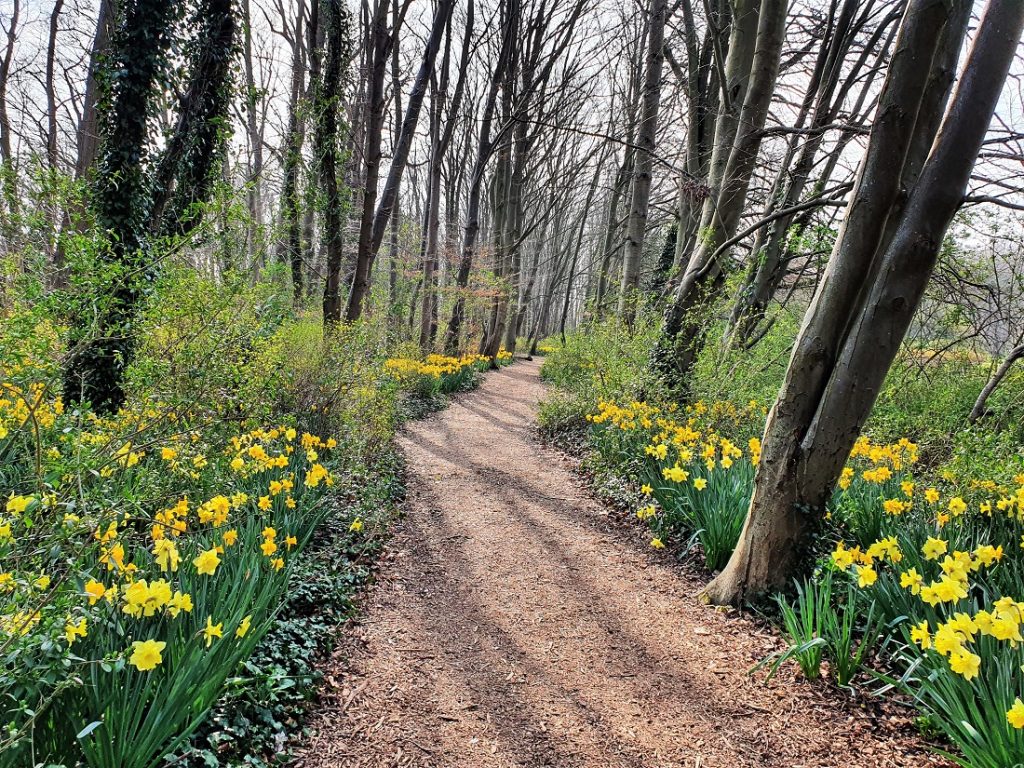
I strolled along the woodland path up to the Hoe Fen wildlife area at the far end of the gardens, where I walked through the woods to the small pond.
While I didn’t see much in the way of wildlife, it was a lovely spring walk.
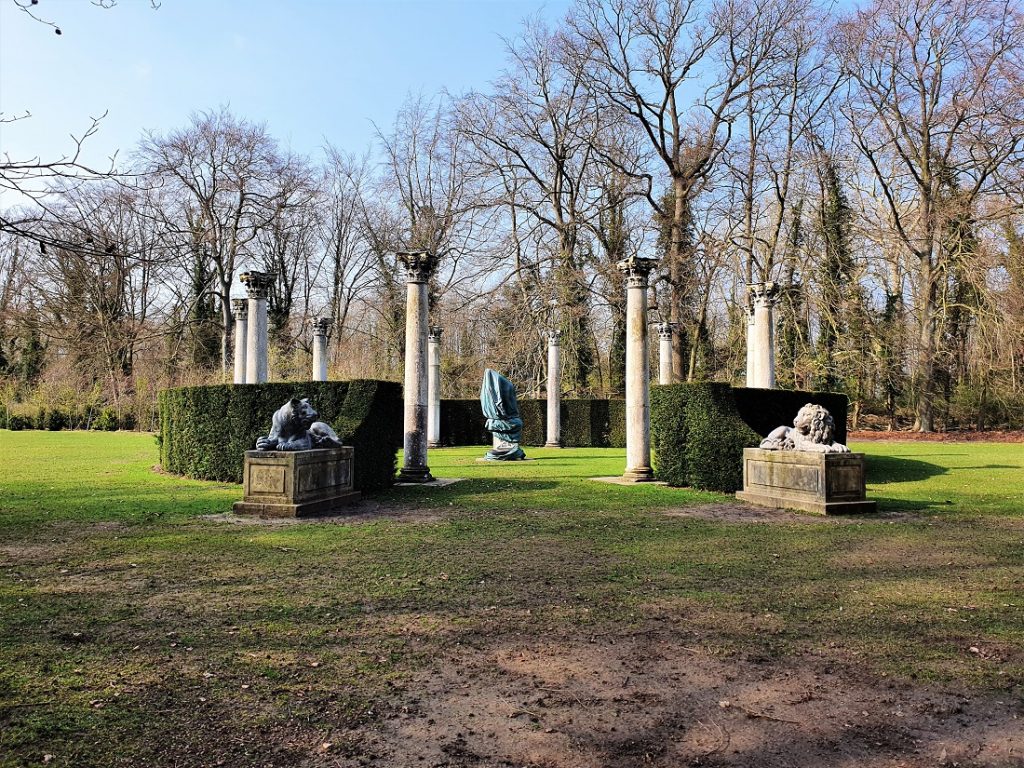
I made my way back towards the abbey and its rose garden via the temple lawn (above) and formal garden, admiring the many classical-style statues as I went.
I really enjoyed my visit to Anglesey Abbey and its gardens. It was a lovely way to break up my long car journey home.
There’s lots to see and do – the house is full of curiosities and the extensive gardens are pretty and peaceful. All in all, it made for a great day out.

